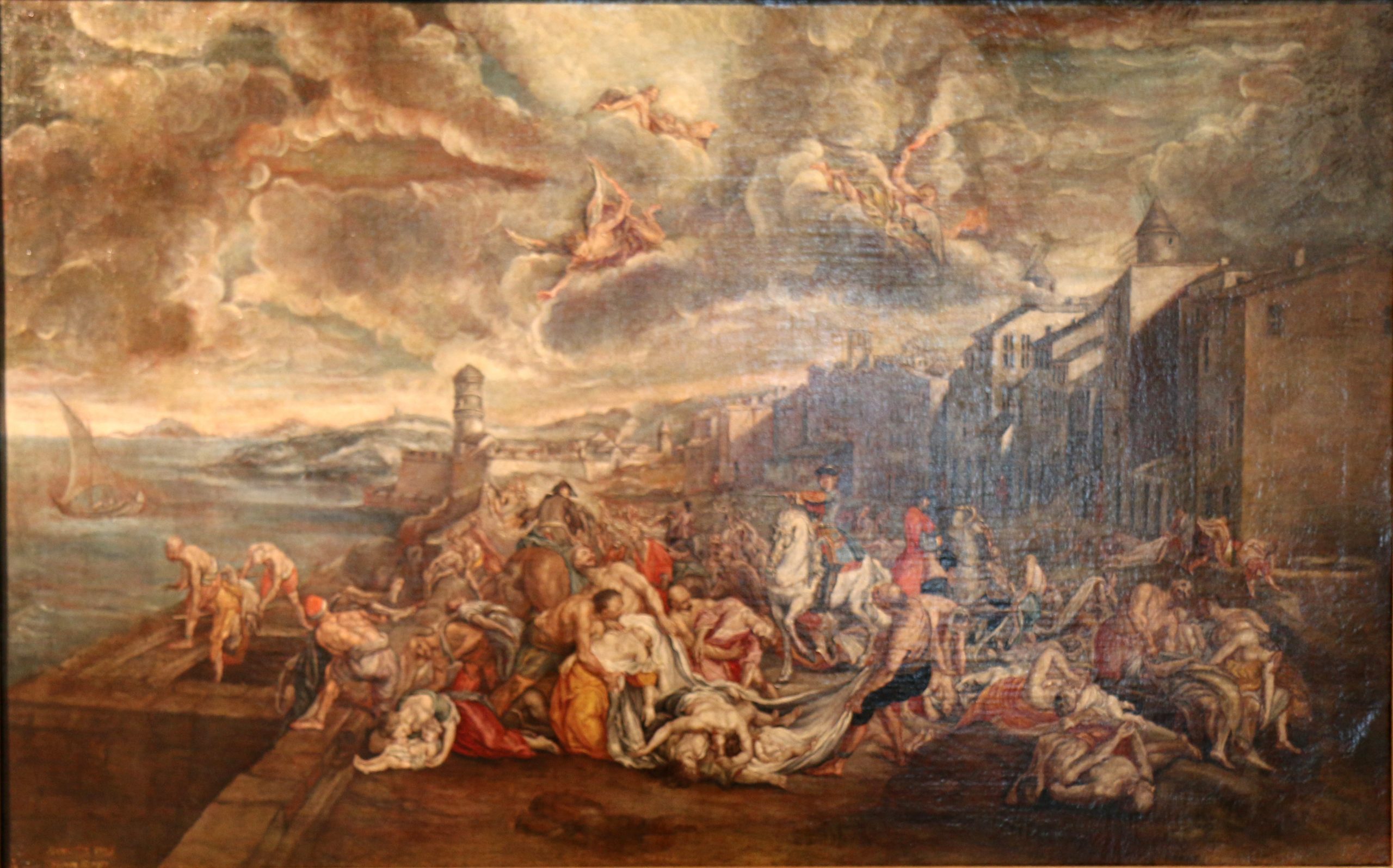While 2020 might be remembered as the year the world stopped, there are reasons to be optimistic about what’s in store for us, and for artificial intelligence (AI), in 2021.
A glance at the past might reassure us. In the mid-1300s, my native Italy was devastated by the bubonic plague. Of course, there were many negative effects, but it is also believed to have seeded the Renaissance. Now recognized as one of the most prolific periods of our modern society, the Renaissance is credited with having birthed a new, innovative way of thinking, liberating Italy from its Middle-Aged rigidity. And to think it all took place in Tuscany, one of the regions most affected by the plague in Europe.
Fast forward 700 years to today, where we are seeing the seed of historical changes in the way people relate to AI, clearing the mind from equally rigid preconceptions about this technology.
Just a few months ago, AI was both marveled at and feared. But today, the dialogue around AI has changed dramatically. The global pandemic exposed the need for AI and automation in industries such as manufacturing, where operations were halted due to social distancing requirements and other restrictions. With factories shutting down worldwide, the demand for new technologies — and AI, in particular — skyrocketed to keep things up and running.
1. Manufacturers will look to make sense of their IIoT data.
Manufacturers will continue on the path of embracing Industry 4.0 initiatives, but now with greater urgency and more concrete objectives in mind. Today’s factory floors will become more complex than ever before. As the Industrial Internet of Things (IIoT) becomes the norm, manufacturers need tools and technology that can extract actionable insights from the data their machines (i.e., sensors and cameras) are collecting. I believe that AI will be the solution here, helping manufacturers make sense of all this data. They’ll then be able to use these insights to stay competitive in the new normal and prepare for any possible future economic disruptions.
Automation is nowhere near the level it needs to be for work to progress without human supervision. In the new year, I believe we’ll see manufacturers, logistics companies and other human-workforce-heavy industries turn to AI to speed the adoption of technologies aimed at lessening the load and assisting humans in their tasks. I predict that quality inspection — already in the top five applications for AI in manufacturing — will see even greater adoption and widespread deployment in the year to come.
3. Manufacturers will prioritize investing in inexpensive, lightweight solutions to accelerate their Industry 4.0 initiatives.
We’ll see AI deployed in the form of inexpensive and lightweight hardware. It’s no secret that 2020 was a tumultuous year, and the economic outlook is such that capital-intensive, complex solutions will be sidestepped for lighter-weight, perhaps software-only, less expensive solutions. This will allow manufacturers to realize ROIs in the short term without massive upfront investments. It will also give them the flexibility needed to respond to fluctuations in the supply chain and customer demands — something we’ve seen play out on a larger scale throughout the pandemic.
4. Edge AI will beat out the cloud.
In the fight between cloud and Edge AI, the latter will prevail for economic (cheaper), latency (faster) and security (on-premises = safer) reasons, placing more and more AI right at the sensor level (e.g., on cameras), where it will immediately be put to use.
5. Manufacturers will rely on AI with explainability to learn how and why AI makes decisions.
Humans will turn their attention to why AI makes the decisions it makes. When we think about the explainability of AI, it has often been talked about in the context of bias and other ethical challenges. But as AI comes of age and gets more precise, reliable and finds more applications in real-world scenarios, we’ll see people start to question the why behind it.
The reason? Trust: Humans are reluctant to give power to automatic systems they do not fully understand. For instance, in manufacturing settings, AI will need to be accurate and “explain” why a product was classified as “normal” or “defective” so human operators can develop confidence and trust in the system and let it do its job.
Like in 14th-century Italy, harsh periods, such as what we are enduring now, unleash epochal changes that force us to rethink our priorities. 2021 will be the year in which we recognize AI for what it is: a powerful, reliable and transparent tool our society and the manufacturing industry need to augment human work and never be caught off-guard again.
Originally published on Forbes Technology Council, an invitation-only community for world-class CIOs, CTOs and technology executives.

